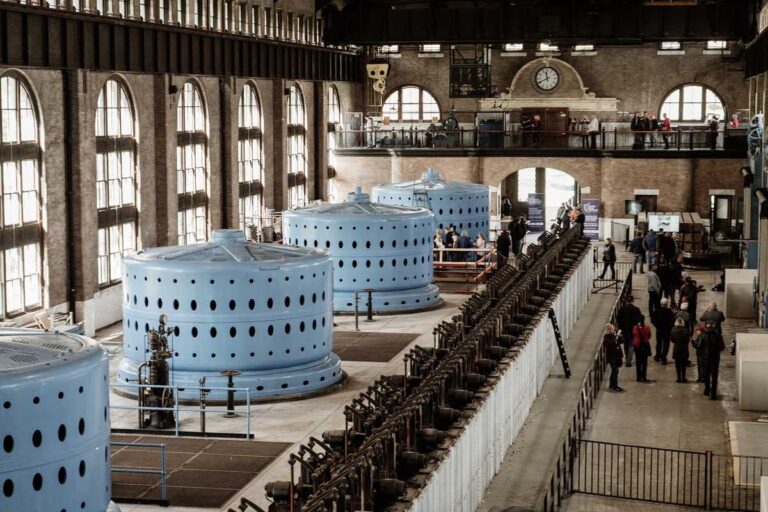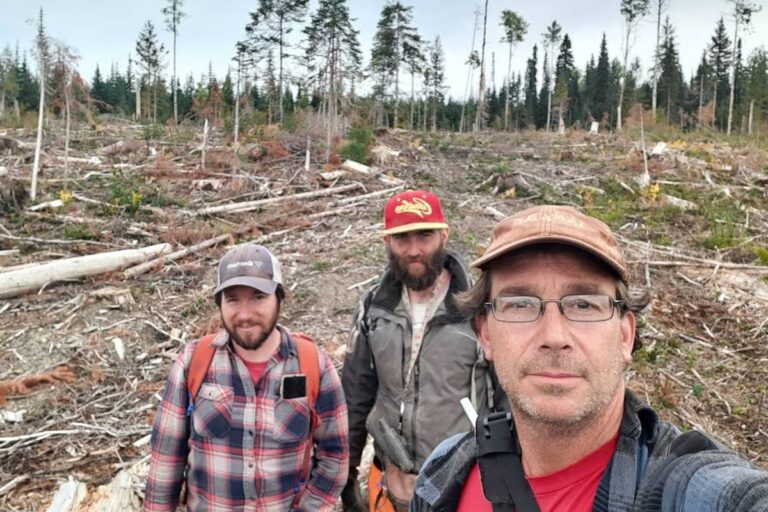Welcome to SubterraPulse
Renevable Energy
Exploring the Tent Mountain Three-Way Green Energy Project in Canada
The Tent Mountain area in Canada has recently become the epicenter of an ambitious green energy initiative. This venture, known as the “Tent Mountain Three-Way Green Energy Project,” is remarkable because it integrates three different forms of renewable energy: solar power, wind energy, and hydropower.
The project aims to create a sustainable energy model that could set a precedent for future green energy endeavors not only in Canada but globally.
…
How the Evolution of Vaping is Changing the Smoking Landscape
The evolution of vaping is significantly reshaping the smoking landscape by offering a modern twist to traditional smoking habits. This shift is not just a fleeting trend but a sign of changing times that reflects technological advancements and a growing emphasis on personal preferences and experiences. Vape products such as these are revolutionizing how individuals consume nicotine and other substances, providing a customizable and potentially less harmful alternative to traditional smoking methods.
With that in mind, let’s look at how innovations in vaping are …
The Top 5 Wind Farms in Canada to Harness the Power of the Wind
Canada’s commitment to renewable energy is unmistakable, with wind energy leading the charge in the country’s green transformation. Wind farms are sprouting across the nation, capitalizing on vast, open spaces and abundant wind resources.
Here, we highlight the top five wind farms in Canada which are notable for their capacity, innovation, and impact on the renewable energy landscape.
Rivière-du-Moulin Wind Project (Quebec)
…
Chile’s Groundbreaking Floating PV Project, a Leap Towards Sustainable Energy
In a decisive move toward sustainable energy, Chile has embarked on an innovative venture known as the Floating Photovoltaic (PV) project which marks a significant leap in the realm of solar energy utilization.
This initiative involves the installation of floating solar panels on reservoirs and other bodies of water, an approach that not only conserves land but also leverages the natural cooling effect of water to enhance energy generation efficiency.
The conception of this project is rooted in Chile’s commitment to renewable energy and its quest to mitigate the adverse impacts of climate change. With its abundant solar…
















